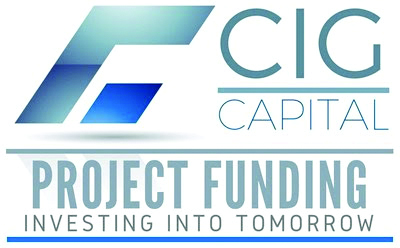Real Estate’s Short, Hot Summer
With any luck, demand will heat up the housing market this summer. Spring is a home-buying season. However, the 2020 season had a false start. 2020 started with new and existing home sales at a 12-year high. In late February to early March, mortgage applications were up, and the market looked optimistic. Then COVID-19 hit, and the U.S. sheltered in place. Open houses were canceled, and future homebuyers were suddenly
Read More










